Privacy Overview
This website uses cookies so that we can provide you with the best user experience possible. Cookie information is stored in your browser and performs functions such as recognising you when you return to our website and helping our team to understand which sections of the website you find most interesting and useful.
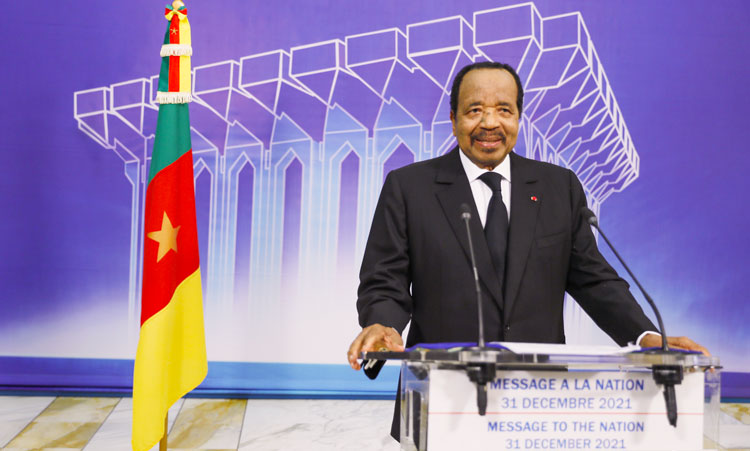
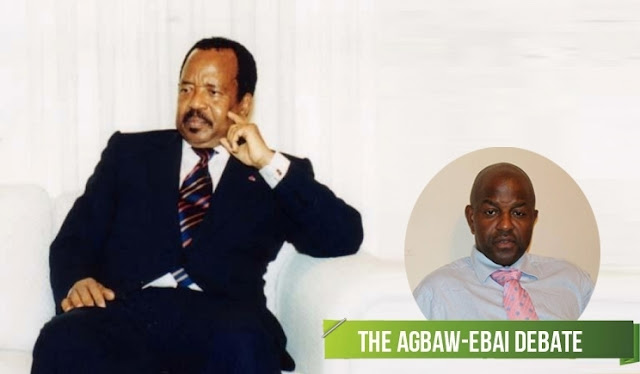
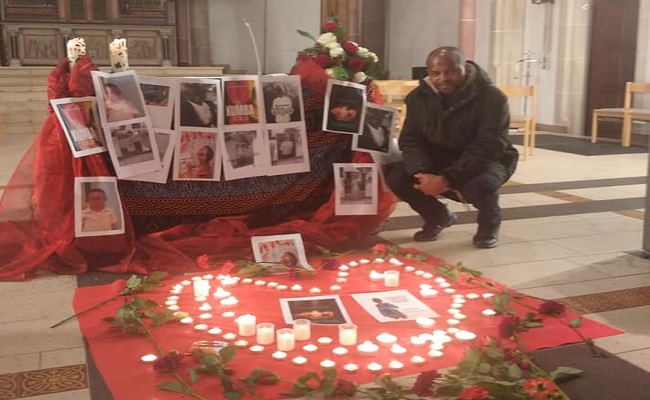






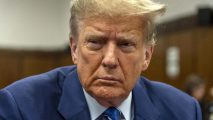





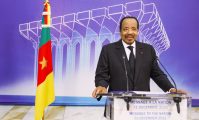

12, December 2020
CPDM Crime Syndicate: How much influence do traditional chiefs really have? 0
A growing number of traditional chiefs are occupying leadership positions in government. During regional elections, 20 such chiefs were elected as traditional rulers. However, in reality, their influence has diminished over time.
On 2 December, Cameroon’s president, Paul Biya, decided to provide “financial support” to traditional chiefs standing for election as regional councillors on 6 December – a handout that was sure to make waves. The government opted to inform the public of their decision by releasing a statement, a method of communication that exempted its author, the minister of territorial administration, from having to mention the country’s law governing such matters.
As it happens, Cameroon does have a campaign finance law, but it contains no legal provisions concerning the practice of financing independent candidates like traditional chiefs.
Seizing the opportunity afforded by this loophole, the head of state, who also leads the Cameroon People’s Democratic Movement (CPDM) – the ruling party expected to sweep the elections and win the majority of regional council seats – is presenting himself as a benefactor for the “guardians of tradition”.
‘Authentic’ versus ‘administrative’ chiefs
If Biya is pulling out all the stops to remain on good terms with traditional chiefs – leaders who exert an outsize influence over their citizens in the moral and spiritual realm – it is because it is in his best interest to do so. He sees it as an investment and expects to get a good return on investment when these rulers, essentially bound to him, become regional council members.
The highly-centralised Yaoundé government held the regional elections with a certain amount of reluctance. The constitution which provides for such elections came into force 24 years ago, but they were never held before in the country’s history – until this past week.
Be that as it may, on 6 December, each of Cameroon’s 10 regions elected 90 regional councillors, broken down into 70 divisional delegates and 20 traditional rulers.
Under the law, a candidate must be the leader of a first, second or third class chiefdom to be eligible to stand for election: “[…] a first class chiefdom is that chiefdom whose area of jurisdiction covers at least two second class chiefdoms and the territorial boundaries in principle do not exceed those of a division. While a second class chiefdom is that chiefdom whose area of jurisdiction covers that of at least two third class chiefdoms. The boundaries therefore shall, in principle, not exceed those of a sub-division. Meanwhile, a third class chiefdom corresponds to a village or quarter in the rural areas and to a quarter in urban areas”.
Such chiefdom leaders are either monarchs from ancient bloodlines or political dignitaries installed by the administration. Though both categories share the same legal status, the extent of their authority can vary, paving the way for a distinction between “authentic” and “administrative” chiefs.
The shift from a monolithic single-party system to a competitive multi-party system in the 1990s has driven traditional chiefs to flout their duty of neutrality, with most of them choosing to join the ruling party – including the most renowned traditional ruler in the North-West Anglophone region, Fon Angwafo III, whom Biya propelled to first vice president of the CPDM. According to the presidential party’s bylaws, if there is ever a vacancy at the head of the state, the king of Mankon of the Bamenda Grasslands would be sworn into office since, going from second-in-command to top dog, he would become the party’s “default candidate[HE1] ” for the presidential election to be held, as the rules stipulate, within 40 days.
Similarly, if the president of the Senate were to be incapacitated, the election would be carried out under the supervision of the interim president, Aboubakary Abdoulaye. He is the vice president of the upper house of parliament and, as a civilian, the lamido (ruler) of Rey Bouba, the powerful Fula suzerain in the North province of Cameroon.
The Bamum sultan, whose rule extends over more than half of the West region, is a member of the CPDM’s Politbureau and a prominent figure in the Senate, just like the legislative body’s oldest member, Victor Mukete, the supreme leader of the Bafaw people in the South-West Anglophone region.
Carrot-and-stick approach
When they do not hold an elected office, these traditional chiefs turned “auxiliaries of the administration” enjoy other perks from the government. For instance, in accordance with a law enacted in 2013, they receive a monthly allowance from the state of 200,000 CFA francs (first class chiefs), 100,000 CFA francs (second class) and 50,000 CFA francs (third class), or the equivalent of $369, $185 and $92, respectively. This financial assistance costs the government more than 1bn CFA francs each month.
“The regime is trying to rein in traditional rulers and subjugate them. It’s a strategy that helps government leaders retain their grip on power,” says Evariste Fopoussi Fotso, a former national press and communications secretary for the opposition party Social Democratic Front (SDF) and author of the book Faut-il brûler les chefferies traditionnelles ? (published by Editions Sopecam). Faced with the intransigence of opposition leader Maurice Kamto and in an effort to contain his influence, the regime had Max Pokam, the “king” of the Baham people – the community from which Kamto hails – elected.
But the government’s friendly overtures have not wooed every chiefdom, as there are still a few hardliners out there who are keeping Yaoundé’s leaders at a distance. For example, a group of chiefs from the West region published a statement on 19 November that breaks with the regime’s approach to governing. In the text, the authors condemn the ongoing violence in the North-West and South-West Anglophone regions, lambaste the authorities for choosing “the military route” over diplomacy, express concerns about “the widespread loss of trust” alienating politicians from the “people”, call for “the undertaking of electoral reforms” and a constitutional review in order to ensure “stability and the transfer of power at the head of institutions”.
The country’s politicians have little tolerance for traditional chiefs who go against the tide of the political authorities. In December 2019, the government dismissed Paul Marie Biloa Effa, a traditional leader in Yaoundé and special adviser to Kamto. The two regimes that have ruled the country in the time since it was colonised by the German Empire’s Province of Westphalia have taken a carrot-and-stick approach to keeping traditional chiefs at bay.
Colonial legacy
The turbulent relationship between the government and traditional chiefs goes back to the colonial era. The Cameroon of today was a product of the Germano-Douala treaty, an agreement signed on 12 July 1884 by the kings Ndumbé Lobè Bell and Akwa Dika Mpondo, alongside two German representatives, Eduard Schmidt and Johannes Voss. From that moment forward, Germany made a point to make traditional chiefs auxiliaries to the colonial administration, whether by drawing up a treaty or by force.
The colonial leadership planned to subjugate the entire hinterland and impose a system of indirect rule there, in the style of British colonial administrator Lord Frederick Lugard, who had successfully run neighbouring Nigeria in this way. Under such a system, the colonial power could run the conquered country by harnessing the traditional authorities already in place and recognised by the native population.
After the Germans left, the French and British colonists maintained the same policy. Once expansive monarchies, the conquered territories were turned into “traditional communities” that fell under the supervision of administrative districts, known as divisions and sub-divisions, created by the political authorities.
Stripped of their aura and sacred status, kings became “auxiliaries” of the administration, were given a distinct legal status and, as such, subject to the “rights and duties” of their office.
After Cameroon gained independence, these efforts continued under Ahmadou Ahidjo and Biya. To add insult to injury, the latter authorised sub-prefects to establish third class chiefdoms. The ranks of traditional rulers have grown so much that the authority and influence of the most powerful chiefdoms is declining. No doubt the government’s real aim is to rein in the country’s traditional chiefs. That makes it easier to wipe them off the map.
Culled from The Africa Report